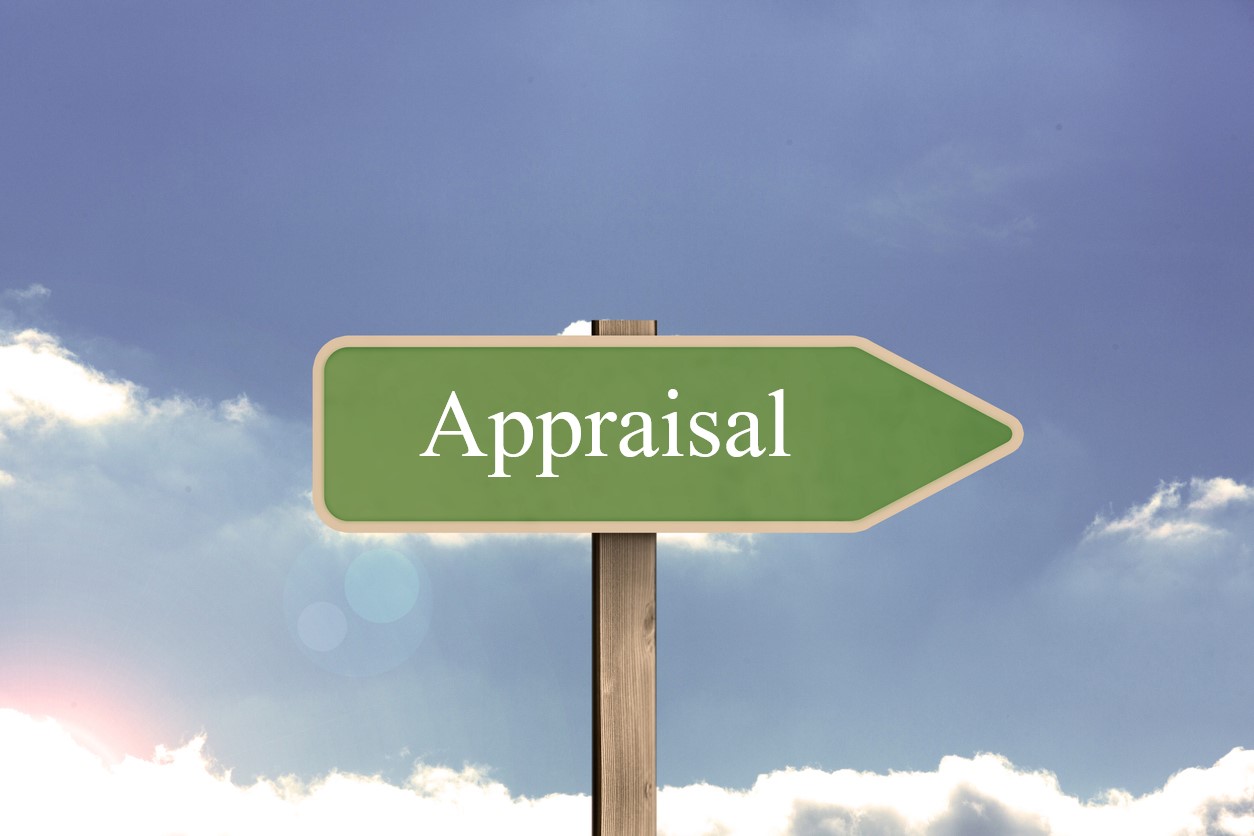Merlin Law Group attorney Etienne Font was an insurance claims manager long before he entered private legal practice and eventually joined us. He has years and a depth of experience on both sides of the aisle that few property insurance attorneys in the country possess.
Etienne sent me an appraisal endorsement yesterday saying he had never seen this language in an appraisal clause where resolution to appoint the umpire would be decided by the flip of a coin:
In case the Insured and this Insurer shall fail to agree as to the scope of, or the amount of, loss or damage, then, on the written demand of either, each shall select a competent and disinterested appraiser and notify the other of the appraiser selected within twenty (20) days of such demand. The appraisers shall select a competent and disinterested umpire.
If the appraisers fail for fifteen (15) days to agree upon such umpire, then the appraisers shall simultaneously exchange lists of five proposed umpires. If the lists include a common proposed umpire, that person shall become the umpire for the appraisal. If the lists do not include any common proposed umpire, then each appraiser shall strike four names from the other appraiser’s list, thereby leaving one remaining proposed umpire on each list. A coin then shall be tossed, with the appraiser appointed by the Insured calling heads or tails. The winner of the coin toss shall select the umpire from the two names remaining on the lists.
I know what many of you are thinking—is this legal?
Arbitration clauses sometimes have a similar method for drawing the third arbitrator. A New York insurance arbitration case discusses this:1
This Court is persuaded by Justice Feinman’s approach, i.e., to combine each proposed method, and therefore adopts it here, but with a slight modification. Justice Feinman recognized that, by combining the ranking method and the strike and draw method, a tie in the rankings might arise. Justice Feinman incorporated the element of chance from the strike and draw method used to break the tie, i.e., a coin toss. However, Justice Feinman indicated that the winner of the coin toss would appoint the umpire.
There is a subtle difference between the breaking a tie among two possible selections with a coin toss versus granting the winner of the coin toss the unilateral right of appointment, although the two methods may be, as a practical matter, functionally equivalent. Under the latter method (chosen by Justice Feinman), the element of chance is removed from the selection of the umpire by one degree. That is, the element of chance does not directly determine the umpire; rather, the winner of the coin toss chooses the umpire. To be faithful to the direct role of the element of chance in the strike and draw method, the umpire (or third arbitrator) must be drawn by random lot in the event of a tie in the rankings of the umpire (or third arbitrator.)
I could not find any appraisal decisions with this exact language. Since arbitration clauses and recent arbitration cases have a similar method of umpire or arbitrator selection, this may be a valid method for selecting an umpire. I am not certain.
While I was researching and thinking about this issue, my better half, Donice Krueger, asked me why I was smiling and quietly laughing. I told her about the issue and then said:
I was thinking about judges and the various methods they use to select an umpire. I have seen it all. Once, a judge took a finger down the yellow pages of the attorneys listings with his eyes closed and then stopped. That is how the umpire was selected. The coin flip or drawing of lots is probably better than that.
Another lesson is that property insurance policy forms are quickly leaving many of the standard forms we have studied and used for years in the past. People in the property insurance claims business have to read the full policy on every claim. Keep up, or you will be left far behind.
Thought For The Day
Time changes everything except something within us which is always surprised by change.
—Thomas Hardy
1In re American Home Assur. Co., 39 Misc.3d 184, 958 N.Y.S.2d 870 (2013).





